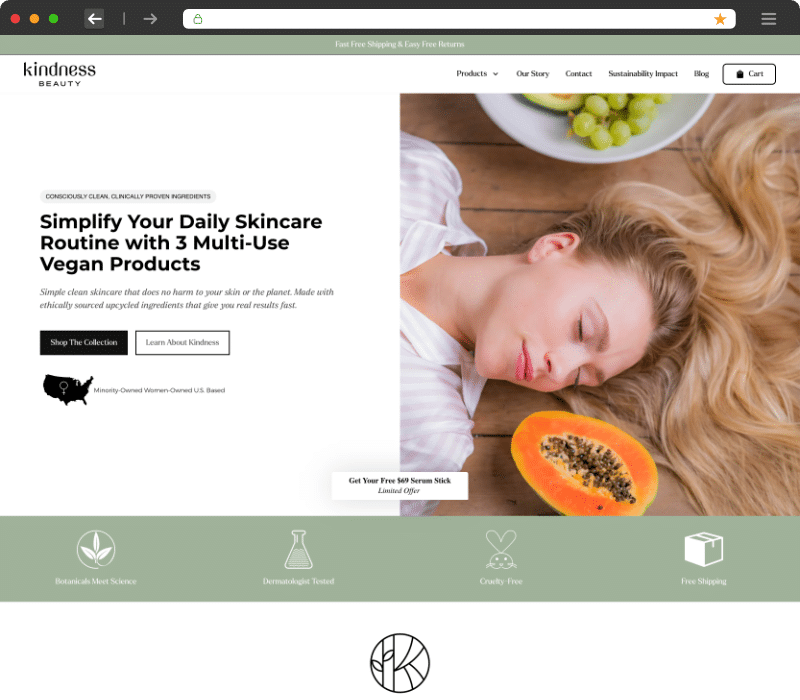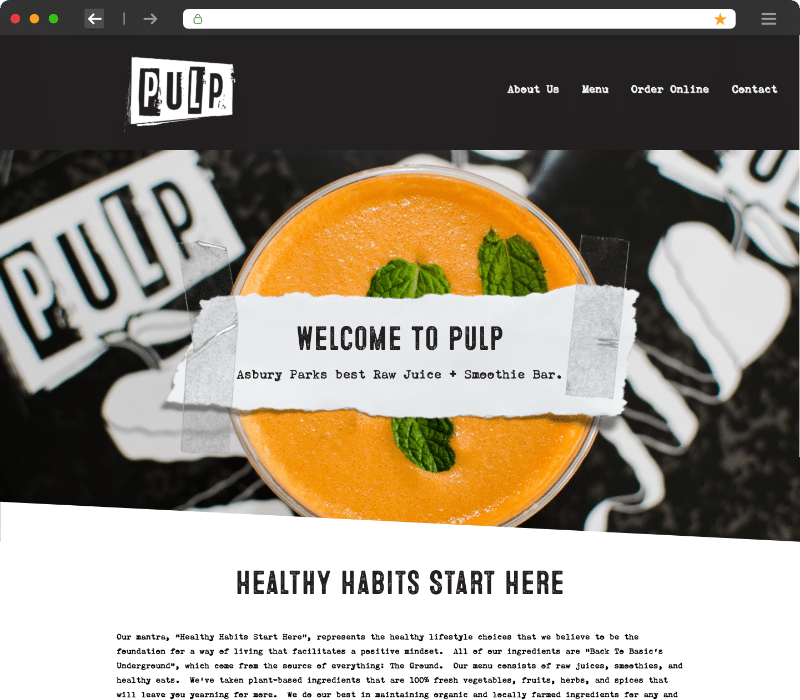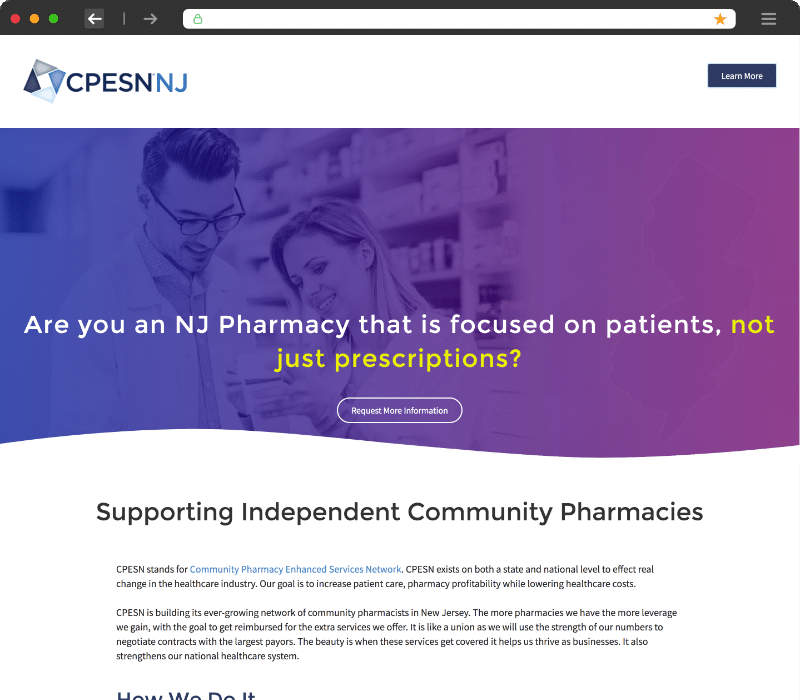Introduction
In today's fast-paced digital landscape, the difference between success and failure can often hinge on one pivotal aspect: user experience (UX). As businesses strive to increase website conversions and improve customer satisfaction, the importance of smart web design choices cannot be overstated. A well-crafted digital presence not only attracts visitors but also retains them, fostering loyalty that is hard to break. So, how can you create a seamless user experience with smart web design choices? In this comprehensive guide, we will delve into various strategies, techniques, and insights to help you transform your website into a user-friendly powerhouse.
How to Create a Seamless User Experience with Smart Web Design Choices
Creating a seamless user experience involves more than just aesthetics; it's about functionality, accessibility, and engagement. First and foremost, understanding your target audience is crucial. What are their needs? What challenges do they face? By addressing these questions, you can tailor your web design to meet their expectations.
Understanding Your Audience: The Foundation of Effective Web Design
To create a seamless user experience, begin by conducting thorough research on your target demographic. Use tools like Google Analytics and social media insights to gather data on:

- User Behavior: How do users navigate your site? Demographics: What age group or profession do they belong to? Pain Points: What obstacles do they encounter when using similar websites?
By synthesizing this information, you’ll gain invaluable insights that will guide your design decisions.
The Psychology of Color in Web Design
Did you know colors can evoke emotions? For instance:
- Blue: Trustworthiness Red: Urgency Green: Growth
Choosing the right color palette based on psychological principles can significantly enhance the user's emotional response to your site.
Responsive Design: Adapting to Every Device
With the increasing use of mobile devices, responsive web design has become non-negotiable. A responsive site adjusts its layout based on screen size—ensuring that it’s functional and aesthetically pleasing on desktops, tablets, and smartphones alike.
Benefits of Responsive Web Design
Improved User Experience: Users get a consistent experience across devices. SEO Advantages: Google favors mobile-friendly sites in its rankings. Cost-effective: Maintain one site for all devices rather than multiple versions.Intuitive Navigation: Guiding Users Seamlessly
A well-organized navigation structure is critical for guiding users through your website effortlessly. Here’s how:
Simplified Menus: Limit menu items to avoid overwhelming users. Breadcrumbs: Allow users to track their path back easily. Search Functionality: Implement an effective search bar for easy access.Best Practices for Website Navigation
- Keep it simple. Make it consistent across all pages. Use descriptive labels for menu items.
Content is King: Crafting Compelling Copy
While attractive visuals draw users in, compelling content keeps them engaged. Your content should be valuable and relevant—answering questions that potential customers may have related to your products or services.
SEO Strategy for Content Creation
To optimize your content for search engines while maintaining quality:
Incorporate keywords naturally (like “digital marketing strategy”). Utilize headings (H1-H6) effectively for structure. Encourage interactivity with CTAs (Call-To-Actions).Visual Hierarchy: Directing Attention Effectively
Using visual hierarchy in web design helps prioritize information effectively:

- Use larger fonts for headings. Implement contrasting colors for CTAs. Space out elements appropriately to reduce clutter.
Loading Speed: A Crucial Factor in User Retention
A slow-loading website can frustrate users and lead to high bounce rates—where visitors leave before engaging with your content.
Techniques to Improve Loading Speed
Optimize images without sacrificing quality. Minimize HTTP requests by combining files. Use caching solutions effectively.Accessibility Features: Inclusivity Matters
Designing an accessible website ensures that everyone—including those with disabilities—can navigate it successfully.
Key Accessibility Practices
- Alt text for images Keyboard navigability Color contrast ratios
Local SEO & Google Maps SEO Integration
When targeting local audiences, integrating local SEO techniques can greatly enhance visibility in search engine results:
Claim and verify your Google My Business listing. Optimize title tags with local keywords (such as “WordPress web design in [City]”). Engage with customer reviews actively.FAQs
1. What is a digital marketing strategy?
A digital marketing strategy encompasses all online channels used by a business to reach its audience effectively—ranging from social media marketing to email campaigns—and it's essential for enhancing brand visibility.
2. How does web design impact SEO?
Effective web design enhances user experience metrics like dwell time and bounce rate which are crucial factors considered by search engines when ranking websites.
3. Why is conversion rate optimization important?
Conversion rate optimization focuses on increasing the percentage of visitors who complete desired actions on a website—vital for maximizing returns on investment in marketing efforts.
4. Can I improve my site's loading speed without sacrificing quality?
Absolutely! Techniques such as image optimization and leveraging browser caching can significantly improve loading speeds while preserving quality.
5. What role does content play in my overall digital marketing strategy?
High-quality content not only informs but also nurtures digital marketing leads through the sales funnel—making it indispensable within any successful digital marketing strategy.
6. How can I measure the success of my web design choices?
Use analytics tools (like Google Analytics) to track user behavior metrics such as bounce rates, page views per session, and average session duration—indicators of engagement levels influenced by design choices.
Conclusion
In wrapping up our exploration of how to create a seamless user experience with smart web design choices, remember that effective design goes beyond mere aesthetics—it’s about creating an environment where users feel comfortable navigating while finding value at every turn of their journey through your site.

By marrying solid UX principles with robust SEO strategies—including local SEO considerations—you set yourself up not only for increased website conversions but also lasting customer relationships built on trust and satisfaction.
Investing time into understanding your audience's needs while implementing best practices will pay dividends down the line—not just in traffic numbers but also in genuine connections forged through thoughtful digital experiences tailored specifically for them!
Remember folks—the world of web design is ever-evolving; staying ahead means continually learning from analytics data while remaining adaptable enough to make necessary changes as trends shift! Cheers!